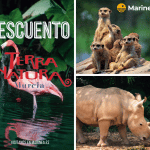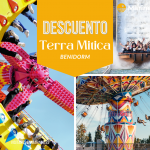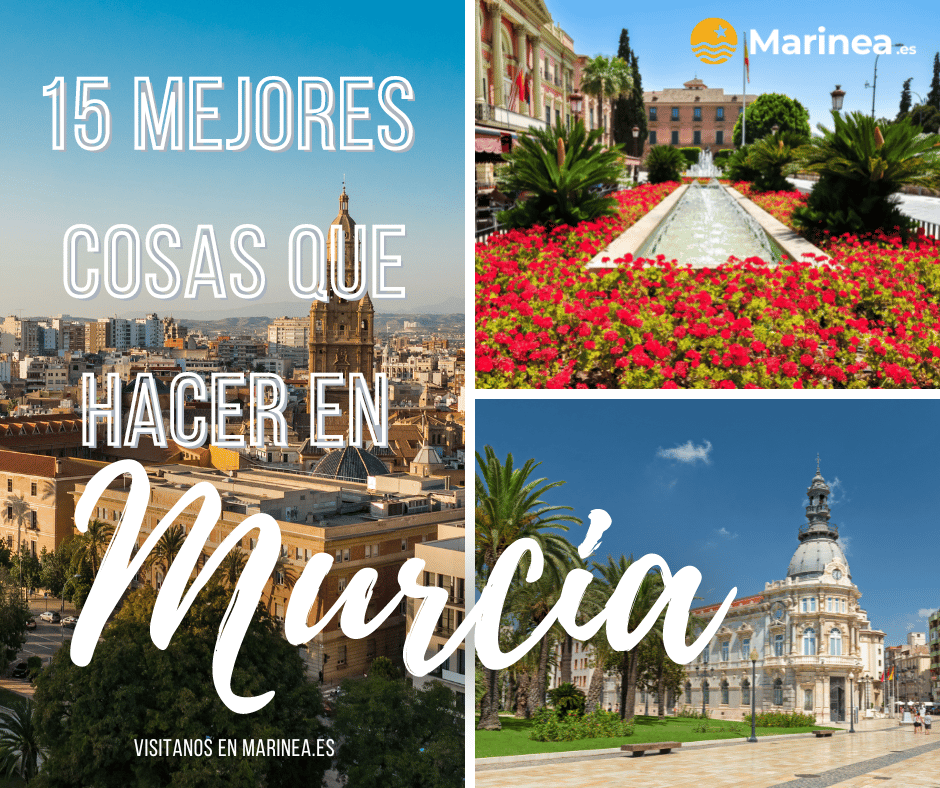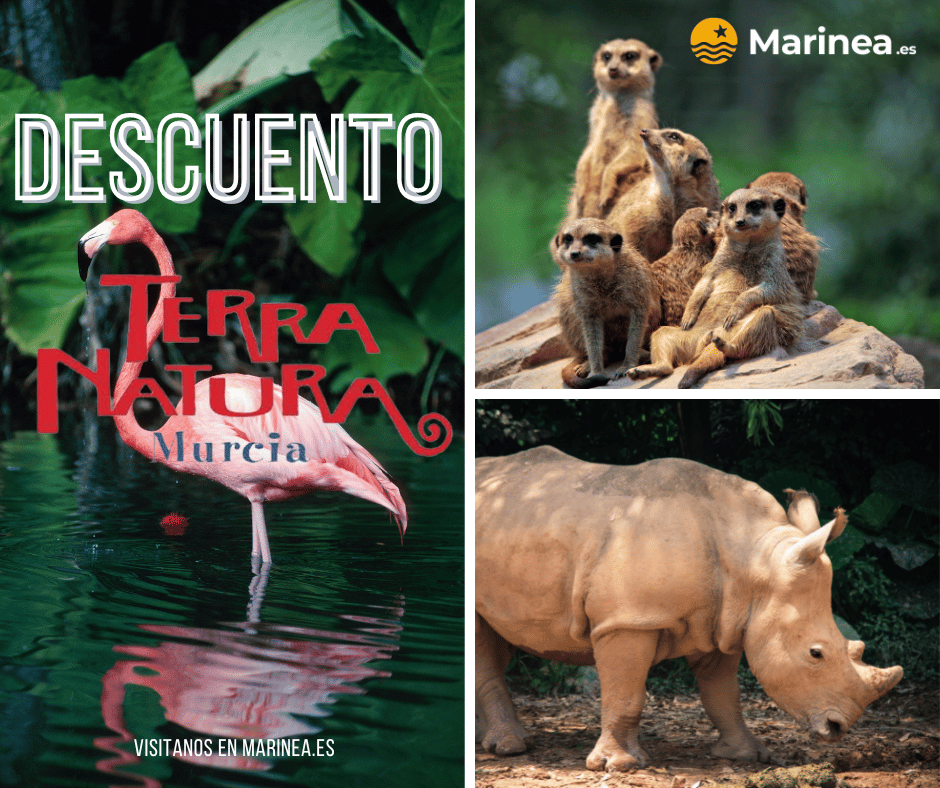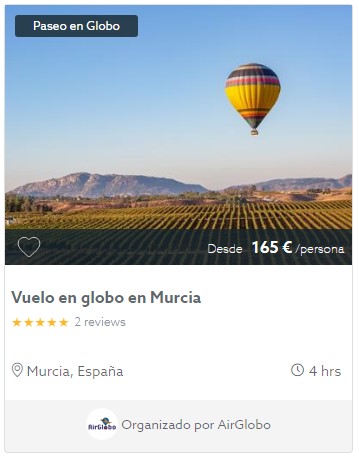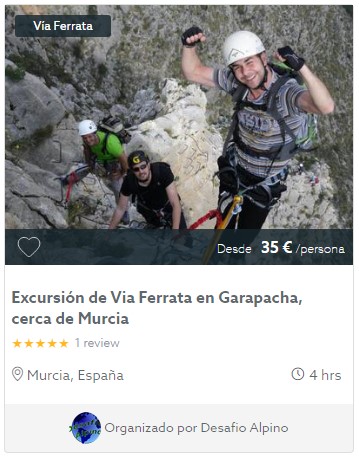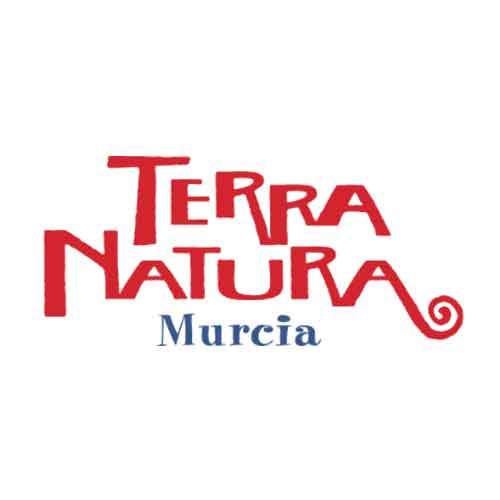Murcia is a beautiful city located in the southeast of Spain. Although it is not as well known as other Spanish cities, it is definitely worth a visit!
Murcia is home to a number of impressive architectural sights, such as the Cathedral of Murcia and the castle of Monteagudo.
The city also has a lively culture, with plenty of delicious food and wine to enjoy. Whether you want to explore the city's history or simply relax in its beautiful surroundings, Murcia is an ideal destination.
Here is a guide to the 15 best things to do in Murcia.
Activities in Murcia
15 best things to do in Murcia
Free tours Murcia
Murcia can be seen in many ways, one of which is to take a guided tour. There are both free and paid tours that include different things. This depends on each person and their preferences. Here are some of the guided tours... and if you want to go on your own, the most historical and cultural places are listed below.
Historical and cultural sites in Murcia
Murcia Cathedral
1
The city's cathedral is a mixture of architectural styles, but what really stands out is the baroque of the 17th and 18th centuries.
The main baroque façade of the Plaza del Cardenal Belluga is impressive, with its bold columns and the beautiful sculpture of the Virgin Mary and the Archangel above the main entrance.
Inside, you will pass many ornate chapels, but keep an eye out for the tomb of King Alfonso X of Castile.
And don't forget the bell tower: at 93 metres high, it is the second tallest in Spain (after the Giralda in Seville) and took more than 250 years to build.
When it was completed in 1793, it was a mixture of Renaissance, Baroque, Rococo and Neoclassical styles.
Real casino de Murcia
2
Another landmark with a very eclectic design is this gentlemen's club: construction began in the mid-19th century, but was not completed until 60 years later.
This is still a private club, but you can book a tour and you won't regret it.
The exterior is very grandiose, but the interior is very luxurious.
For example, the billiard room is Moorish-inspired and has a geometric coffered ceiling, like a courtyard, and there is a two-storey gallery inspired by the great Andalusian palaces.
However, the ballroom has an ornate rococo design, with ceilings depicting some of Murcia's most famous cultural figures, such as Francisco Salzillo.
Monteagudo Castle
3
There is a 149-metre high limestone mountain in the north-eastern suburb.
You will immediately see a huge statue of Christ on the castle wall.
This 20th century statue was erected in the 1950s after the previous statue from the 1920s was destroyed during the Civil War.
The castle below was built in the 800s and served for the next 250 years as a strategic defence of the Moorish taifa of Murcia.
Almudi Palace
4
This magnificent building, an alhóndiga built in 1629, stands on the site of its burnt-out predecessor.
This is yet another manifestation of the wealth that flooded the local economy during this time due to the silk industry.
Before entering, note the large relief of the coat of arms of Austria, flanked by two smaller coats of arms of the city of Murcia.
Inside there is a beautiful Tuscan-style hall with rows of columns supporting wide arches which is used for temporary art exhibitions.
Veronicas Market
5
Not far from the Almudí Palace is the central market of Murcia.
If you're renting a holiday home in the city, you'll want to shop here.
You can make it more authentic by tracking down some of the ingredients from the Murcian designation of origin, such as Calasparra rice, a fat variety suitable for stews and soups.
Paprika, a central ingredient in many Spanish dishes, is produced in the Murcian countryside, while the local cheese is cured in goat's milk.
Much of Spain's fruit and vegetables also come from the Murcia region, so you're sure to find fresh produce at one of the 150 stalls in this gastronomic paradise.
Museums in Murcia
Salzillo Museum
6
Easter in Murcia is particularly special because the floats carried in the city's processions are sculpted by the famous Murcian artist Francisco Salzillo.
Active in the 18th century, he worked in the Baroque style.
In this museum you will see many of his impressive works designed for Semana Santa and learn about the baroque movement in Murcia when it was expanding and growing rich from the silk trade.
The sculpture here reflects this sense of confidence, with ornate gilded scenes depicting dramatic Easter passions commissioned by churches and Christian communities.
Museum of the Convent of Santa Clara la Real
7
This historic convent is still in use and is located in the city centre on Gran Vía Alfonso X el Sabio.
So, when you visit, you can only see about a quarter of the complex, but that's enough to see what a fascinating and beautiful place it is.
It was built in 1300 as the Moorish castle of Murcia. As a result, many Moorish decorative elements, such as horseshoe arches, were incorporated into the design of the monastery and are displayed in the museum, where elaborate plaster and wooden ornaments are on display.
Archaeological Museum of Murcia
8
Not many tourists come here, but this museum will surprise the history buffs among us.
That is because there are more than 2,000 archaeological sites throughout the Region of Murcia.
In addition to the Roman and Muslim heritage, the best finds are from the Iberian cultures of the Bronze and Iron Ages.
These people were influenced by their trade with the Phoenicians and Etruscans, which you will see in the striking pottery designs of this period.
The Lion of Coy is a fantastic, almost abstract sculpture of a lion found in a 4th century cemetery.
Parks, squares and gardens in Murcia
Plaza de las Flores
9
The Plaza de las Flores is a little to the west of the cathedral of Murcia, and there may not be a more beautiful square in the whole city.
The square was named after the flower shops that are still open today.
The surrounding terraced houses were built in the late 19th and early 20th century, such as the Abad Textile Building, a beautiful Art Nouveau building with white square windows.
A perfect place to have a coffee in the morning with a newspaper, or a beer or soft drink with a tapa in one of the bars in the evening.
Floridablanca Garden
10
Summers in Murcia can be very hot, so when it gets too hot, you can take refuge in this little oasis along the Old Bridge on the other side of the Segura River.
It is the oldest park in the city, having been established in the mid-19th century.
It used to be a country road on the right bank of the river.
Murcia soon grew up around it, and the city decided to create the park with flower beds, elaborate paths and gazebos to protect from the sun.
It is one of the first projects of its kind in Spain.
The largest trees here are ancient fig trees, their supportive roots taking over everything around them.
Plaza del Cardenal Belluga
11
Spend a moment in this square and see some of Murcia's finest monuments before your eyes.
As mentioned above, the marvellous façade of the cathedral of Murcia is definitely worth a second look.
But there is also Murcia City Hall, a mid-19th century neoclassical building to which an annexe was added in 1998. Designed by Rafael Moneo, this modern building contrasts with the ornate buildings that surround it.
Then there is the 18th century rococo bishop's palace, built to complement the cathedral's baroque exterior.
Terra Natura Murcia
12
This zoo has two parks in Spain, in Benidorm and in Murcia, and has won many accolades for its human-friendly approach.
Terra Natura Murcia does not have pens or crowded bars, but tries to create enclosures as close as possible to the animals' natural habitat.
To this end, 500 trees and shrubs were planted throughout the park.
As for the residents of the zoo, there are more than 500 animals of 50 species.
These include endangered animals such as the vari lemur, the massai giraffe and the Iberian wolf, which are now rare in the wild.
Exotic animals include hippos, lions, giraffes, giraffes, white rhinos and a variety of birds and reptiles.
Carrascoy and El Valle Regional Park
13
When Murcians want fresh air and countryside, they don't have to go far.
A large nature park is located just 6 kilometres from the southern outskirts of the city.
One of the easiest excursions is to head to the Sanctuary of La Fuensanta on a hill at the foot of the slopes, which offers "instagrammable" panoramic views of the city.
You will recognise it by its whitewashed baroque twin towers.
Behind this is a mountainous world: the park's trails, lined with wild herbs such as thyme and rosemary, wind through forests of Aleppo pine and carmine oak.
Cultural events in Murcia
Easter Week and the Bando de la Huerta (Bando de la Huerta)
14
Semana Santa will give you the ultimate crash course in Murcian culture.
It begins with the world famous parade of the Christian Brotherhood which carries a sculpture designed by Salzillo.
The event has generated international interest in Spain, and it is difficult to find more beautiful floats in any other Holy Week procession.
Then comes the bando de la Huerta, this fiesta starts on the first Tuesday after Easter and is the turning point between Easter and the Spring Fiestas. The festivities begin with a traditional floral offering to the Virgin in the Cathedral of Murcia.
The whole city takes part, most of them wearing typical Murcian clothes.
In the main procession, horses, donkeys, ox-drawn carts and large papier-mâché figures set off from the Don Juan Manuel neighbourhood through the centre of the city.
There are also street food stalls, handing out free sandwiches and black pudding from Murcia to the crowds.
Places and beaches in Murcia
Costa Cálida and Costa Blanca
15
The Mediterranean Sea is only 50 kilometres away, so you can relax on the beach when you leave Murcia.
If you travel directly east from the city along the RM-1, you will reach the quiet beach communities at the southern end of the Costa Blanca.
Torre de la Horadada has two sandy beaches with blue flag and beach bars to whet your appetite when the sea breeze makes you hungry.
If action is your thing, the inland lagoon of the Mar Menor, a few kilometres to the south, is one of Spain's best water sports destinations, and the mud at Las Chacas on the north coast is said to have medicinal properties.
Do you want your restaurant to be listed on Marinea.es?
- Albir
- +39 Alfaz del Pi, Alicante, Altea, Badalona, Barcelona, Benidorm, Calpe, Campello, Cordoba, Cullera, Denia, El Verger, Elche, Finestrat, Fuengirola, Granada, Ibiza, Jerez de la Frontera, La Nucia, Madrid, Malaga, Majorca, Marbella, Monte Faro, Moraira, Murcia, Ondara, Pedreguer, Salou, San Pedro del Pinatar, Sant Vicent del Raspeig, Santa Pola, Sevilla, Torremolinos, Torrevieja, Urbanova, Valencia, Villajoyosa, Zaragoza
- Restaurants
- Restaurants
- Rotisserie
- Restaurants
- Suitable for groups
- Restaurants
- Suitable for groups
- Restaurants
- Suitable for groups
- Restaurants
- Menu
- Restaurants
